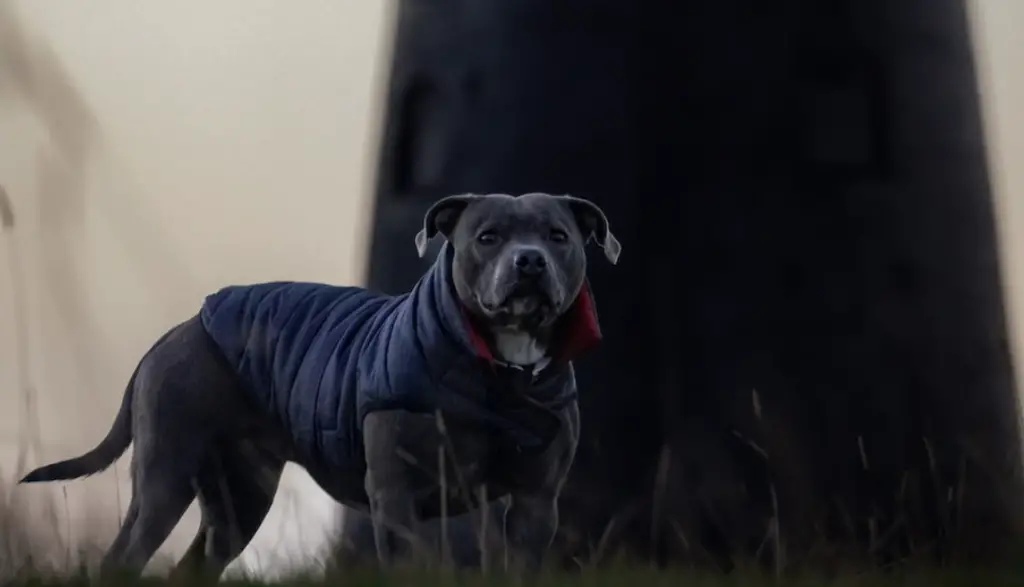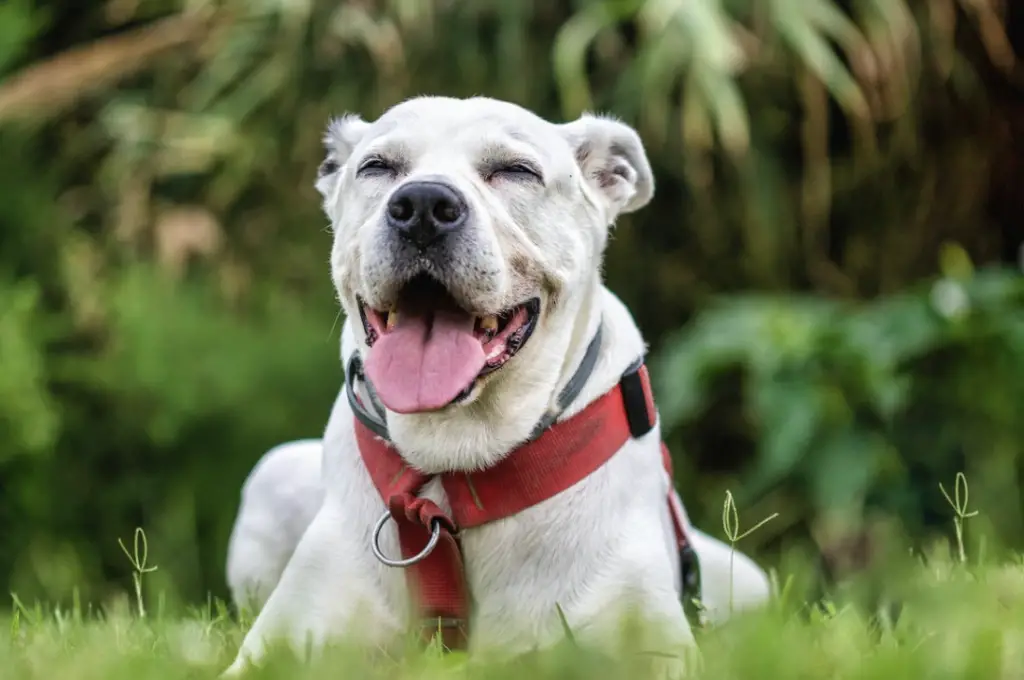A Pitbull can stay alone anywhere from 6-10 hours. However, veterinarians recommend that one should not leave their pet for more than eight hours straight. If your Pitbull is still in its infant stage, then make sure you never leave it alone for more than 3 hours without any prior training on living alone.
In this article, we will discuss the recommended time limit for leaving a Pitbull alone, their behavior and temperament, tips for preparing them for alone time, and strategies for overcoming separation anxiety.
Recommended Time Limit for Leaving a Pitbull Alone

The maximum recommended time limit for leaving a Pitbull alone is eight hours. However, several factors can affect the time limit, including age, health, and individual temperament. Puppies and older dogs require more attention and care than adult Pitbulls.
Health conditions such as diabetes, urinary incontinence, and digestive problems may require more frequent bathroom breaks. Individual temperament also plays a significant role in how long a Pitbull can be left alone. Some dogs are more independent and may tolerate alone time better than others. It’s crucial to provide adequate attention, exercise, and mental stimulation to prevent negative consequences such as anxiety, depression, and destructive behavior.
These dogs thrive on human companionship and can develop separation anxiety when left alone. Separation anxiety can lead to destructive behavior, excessive barking, and other behavior problems. It’s essential to provide them with plenty of exercise, mental stimulation, and socialization to prevent these issues. It’s also important to note that some Pitbulls may have a history of abuse or neglect, which can impact their behavior and may require specialized care.
Separation Anxiety in Pitbulls
Separation anxiety is a common issue in Pitbulls when left alone for long periods. It can manifest in a variety of ways, including excessive barking, destructive behavior, and even self-injury. Symptoms of separation anxiety can range from mild to severe, and it’s essential to identify and address the issue promptly.
Pitbulls are high-energy dogs that require plenty of exercise and mental stimulation to stay healthy and happy. Regular exercise can help reduce stress and anxiety and promote overall well-being. Mental stimulation activities such as puzzle toys and obedience training can also provide mental stimulation and prevent boredom.
Tips for Preparing a Pitbull for Some Alone Time!

Preparing a Pitbull for alone time requires careful consideration to ensure their well-being.
- Owners can create a safe and comfortable environment for the Pitbull by providing adequate food, water, and a comfortable place to rest.
- Interactive toys, such as puzzle feeders, can keep them occupied during alone time. A daily routine, including feeding and exercise schedules, can provide structure and consistency for the Pitbull.
- It’s also helpful to acclimate them to alone time gradually by leaving them alone for short periods and gradually increasing the time. Hiring a pet sitter or dog walker can also provide the Pitbull with much-needed attention and care during alone time.
- Owners can reduce separation anxiety by providing plenty of positive reinforcement, such as treats, when leaving and returning home.
- Desensitizing the Pitbull to cues that indicate the owner is leaving, such as grabbing keys or putting on shoes, can also be helpful. It’s essential to provide the Pitbull with plenty of exercise, mental stimulation, and socialization to prevent these issues. For severe cases of separation anxiety, seeking professional help may be necessary.
- Positive reinforcement training is also a common strategy for treating separation anxiety in Pitbulls. It involves rewarding desirable behavior, such as calm behavior during alone time, with treats or praise. This technique can help the Pitbull associate alone time with positive experiences, reducing anxiety and fear.
Will My Dog Hurt Itself If Left Alone?
While dogs are social animals and generally prefer the company of their human family members, they can typically be left alone for reasonable periods without hurting themselves. However, it’s important to understand your dog’s behavior and individual needs to ensure their well-being.
According to a survey conducted by the American Pet Products Association, approximately 20% of dog owners report leaving their dogs alone for 10 to 12 hours per day. While this is not an ideal situation, most dogs can tolerate alone time if they are provided with a safe and comfortable environment, plenty of exercise and mental stimulation, and access to food, water, and bathroom breaks.
However, some dogs may be prone to destructive behavior or experience separation anxiety when left alone.
What To Do If My Pitbull Whines When Left Alone
If your dog whines when left alone, it’s important to understand the root cause of the behavior. Whining can be a sign of anxiety or stress, and addressing the underlying issue is key to resolving the behavior.
Here are some tips to help address whining when left alone:
- Gradually increase alone time: If your dog is experiencing separation anxiety, gradually increasing the amount of time they spend alone can help them become more comfortable with the experience. Start by leaving them alone for short periods of time and gradually increase the length of time you are away.
- Provide plenty of exercise and mental stimulation: Exercise and mental stimulation can help reduce anxiety and stress in dogs. Make sure your dog is getting plenty of exercise and engaging in activities that stimulate their mind, such as puzzle toys or obedience training.
- Consider crate training: Crate training can provide a safe and comfortable space for your dog while you are away. Make sure the crate is the appropriate size for your dog and provide plenty of comfortable bedding and toys.
- Consult with a veterinarian or behaviorist: If your dog’s whining persists, consider consulting with a veterinarian or behaviorist. They can help identify the root cause of the behavior and develop a plan to address it.


